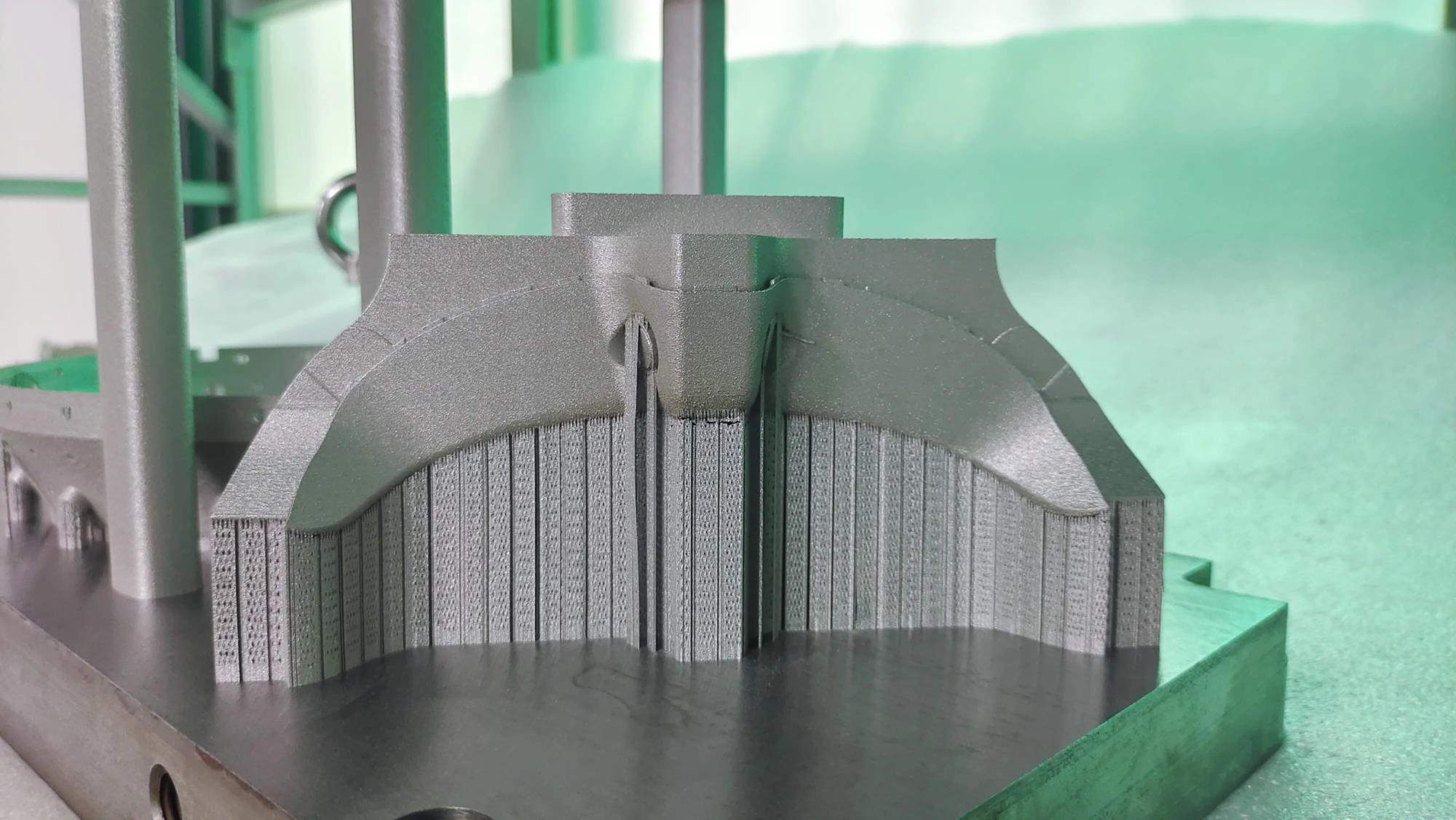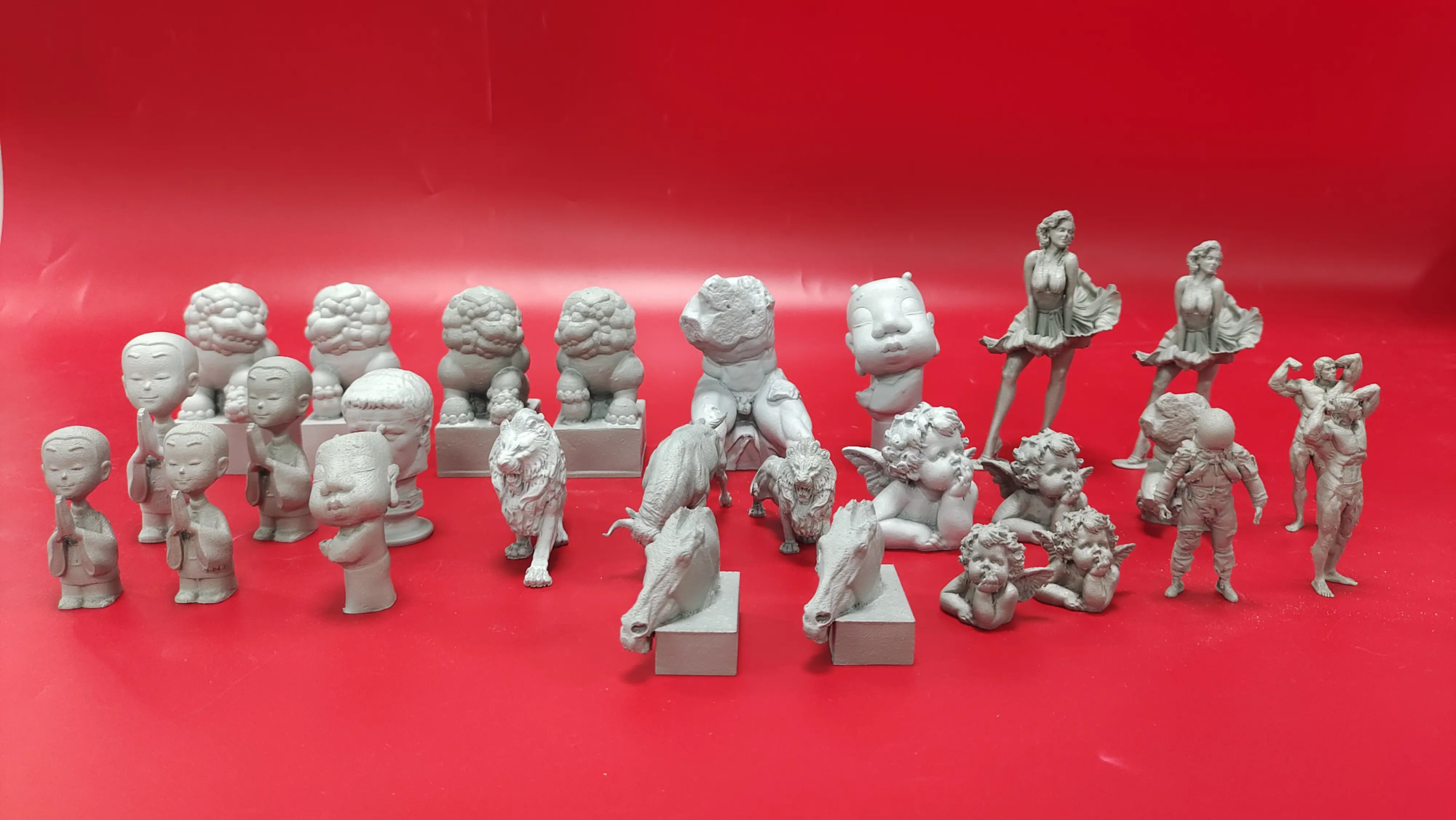Bringing your 3D prints to life: The ultimate guide to painting brushes
3D printing unlocks endless creative possibilities, but original printing usually requires a last touch to truly shine. Whether you are making functional parts, making role-playing gears, or designing complex models, painting turns a bland surface into a vivid masterpiece. Among the numerous repair tools, Paint Pen Stand out of precision, ease of use and versatility. Unlike brushes, they offer unparalleled control of unparalleled detail, gradients and embellishments. In this guide, we will explore the best paint pens for 3D printing, including cover type, material compatibility, application tips, and how to avoid common pitfalls, while highlighting why Surface Prep starts with high-quality prints.
Why paint pen? Professionals with traditional methods
- Accuracy and control: Designed to deal with complex lines and small areas (e.g., eyes with text, textures or miniatures).
- Minimum settings: No palette, diluent or lots of cleaning – ideal for quick editing.
- Layered flexibility: Gradually build opacity without hiding details.
- Accessibility: Great for beginners who are intimidated by spray gun or detailed brush.
For best results, always start with a clean sand surface. Finger oil or layered lines can weaken paint adhesion. Light primer (based on spray or pen) can enhance vitality and durability.
3D Printed Top Paint Pen: Fault
1. Acrylic-based paint pens (e.g. Posca, Molotow)
- The best:PLA, PETG, resin printing.
- advantage: Water-based odor, low odor, fast dry and friendly. They retain the details without breaking. The range of POSCA includes ultra-fine tips (0.7mm) for microscopic details.
- shortcoming: Not as durable as oil/enamel; seal with varnish to prevent wear.
- For prompts: Use lighter colors on dark prints – not always opaque.
2. Oil-based paint pen (e.g., Sharpie oil-based)
- The best: ABS, nylon or printed materials exposed to moisture/wear.
- advantage: Adhesion and waterproofness. Ideal for smooth filling of large areas.
- shortcoming: Longer drying time (~24 hours); solvent cleaning is required. Use in ventilation areas.
3. Enamel paint pen (e.g., tester)
- The best: Auto parts, outdoor prototypes.
- advantage: Hard, shiny finish that resists Chipping and UV fading. Fully bonded to solvent-sensitive materials (such as ASA).
- shortcoming: Strong smoke; due to its thick consistency, it is not ideal for details.
4. Professional Pen (Metal/In the Dark)
- First choice:UNI POSCA metal, handicraft intelligent luminescence.
- use: accent, signage or safety mark. Metal adds realism; Glow Pens is perfect for role-playing or low-light applications.
- warn: Apply on a white basis to maximize the impact.
Key application tips
- Preparation: Sand (400-800 particle size) and wipe with isopropanol. For porous materials (such as resin), apply a filler primer.
- Layered: Work lights to dark. Let each layer completely dry to prevent staining.
- seal: Protect your work with acrylic sealant (matte/satin/gloss). Avoid spraying enamel on the resin, which may cause rupture.
- test: Always try to use a pen with clipping materials first. Compatibility varies by filament/resin type.
Conclusion: Elevate your print from functional to flawless
Painting pens democratize professional-level finishes, whether you are an amateur or engineer. For complex prototypes, we recommend using an acrylic pen (such as POSCA) to maintain a balance of control and vitality. For rugged applications, oil-based options offer unparalleled resilience. remember: The perfect finish starts with the perfect printing. Poor printing or material inconsistency can even ruin the best paint job.
At Greatlight, we make sure your 3D print is perfect. As leaders in rapid prototyping, we combine Precision SLM 3D printing With expert post-processing – isolation, startup and surface improvements, so your parts are ready to paint. Our one-stop solution supports metals, polymers and custom materials and accelerates projects from prototype to production. Explore how we can improve your next project:
Customize Precision Quick Prototyping Parts Now at the best prices!
FAQ: 3D printed paint pen
Q1: Do I need to give my 3D printed primer before using a paint pen?
A: Yes, especially for porous materials such as resin or frosted wire. Primer fills the thread and improves adhesion. Use the sprayer for a large surface or primer pen for small modifications.
Q2: How to prevent paint from being wiped off?
A: Sealed with clear acrylic varnish. For high-part parts, choose polyurethane spray. Avoid treatment until the paint is completely cured (1-3 days).
Q3: Can paint pens work on flexible materials such as TPUs?
A: Acrylic pens work best, but flexibility may break over time. Sprinkle a thin layer gently. First, test in a small area.
Q4: Why do I have my paint pen stripes or skip?
A: Use the tip to shake the pen violently and then root it until the paint flows. Make sure the surface is free of grease. The stripes usually indicate low ink flow – if it cannot be resolved, reinstall the pen.
Q5: Are paint pens safe for food contact printing?
Answer: No. Functional containers are performed using FDA-approved coatings.
Question 6: Can I mix paint pen brands?
A: Once the acrylic is cured on the oil/enamel layer of acrylic acid, but never in the reverse direction – the solvent in the oil pen can reactivate the acrylic acid, resulting in crushing.
Are there any more questions? Share them below – we are here to help!





